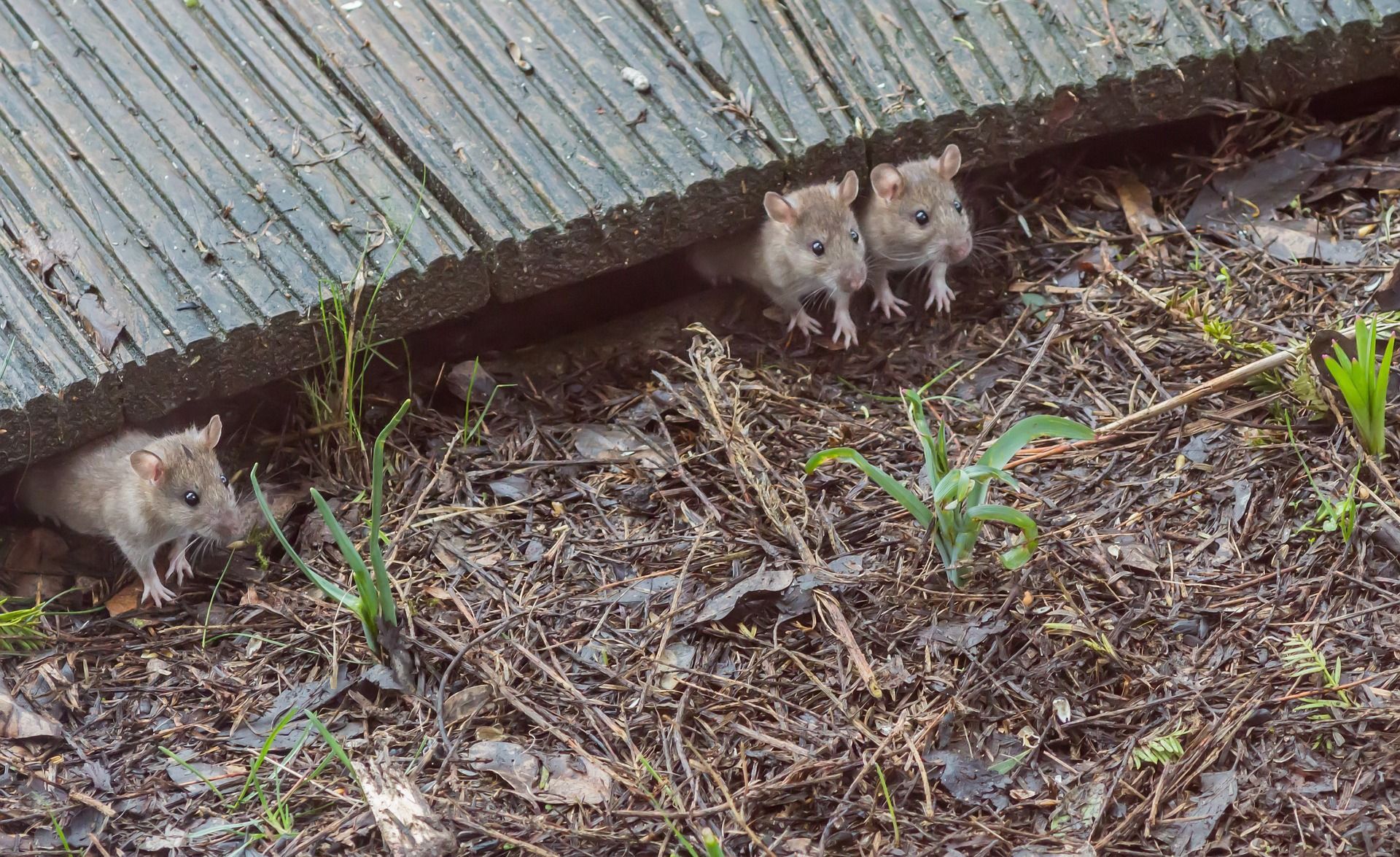The Damage Woodchucks Can Cause to Your Lawn & Garden
They may not chuck wood, but they can create havoc on your property
Woodchucks are normally sanitary animals, so they are not the first thing that comes to mind when you think about animals that can cause harm to your home. However, the truth is that woodchucks can absolutely cause a significant amount of residential damage. Woodchucks might be called “groundhogs”, depending on what region of the world that you happen to be in.
Groundhogs love vegetation, and can cause significant problems if you’re a serious gardner. They not only feed on grass, but also feed on plants of all kinds, and many crops that human beings like to grow (lettuce, beans, soybeans, etc). Here are some examples of the damage that woodchucks can not only do to your yard and garden.
The Trees In Your Yard/Outside Furniture
There’s one thing that woodchucks absolutely love: gnawing. Woodchucks are not too far from squirrels in terms of DNA, and both animals have to gnaw to prevent their incisor teeth from growing too quickly. What does this mean for your yard?
Well, woodchucks will gnaw at the stems and trunks of whatever tree that it can find. There is a good chance that woodchucks may even strip the bark of your tree, as well. It’s not just your trees you should worry about - they also might gnaw on your patio deck, and outside furniture.
There’s one important thing to remember about woodchucks. Since they belong to the squirrel family - they also burrow. Why is this a bad thing? Well, this could mean that enough woodchucks can actually undermine your building’s foundation. This might be a nightmare scenario - but it’s something to consider.
It should be noted that woodchucks do hibernate during the winter, which should save you from any burrowing damage for several months. The burrows can be over sixty feet!
Eating Up Your Garden
You might especially worry about woodchucks if you garden in any form or fashion. Woodchucks are notorious for feeding on gardens, as they are fairly large animals. Woodchucks often weigh, on average, about eight pounds , so they require a significant amount of food to survive. An adult groundhog will eat about a pound of vegetation every day, and that could spell doom for your latest gardening project.
Unlike other animals, woodchucks also love fruit! If you are thinking that you’re safe since you only have trees in your yard - think again! Woodchucks do, indeed, climb trees in order to obtain fruit to eat. In addition to fruits - they will eat beans, carrots, peas, tomatoes, and many other vegetables.
Conclusion
Woodchucks aren’t a major problem in every city, but they can certainly cause damage to your home. The fact that these animals build such complicated underground systems can damage the foundation of your home tremendously, and you should address the situation before it gets too dire.
Of course, it doesn’t help that a woodchuck can damage a home in so many different ways. If you notice woodchucks around, but think they are simply feeding - look closer: they might be burrowing on your property.
Critter Repellent All Natural Animal Repellent Blog














